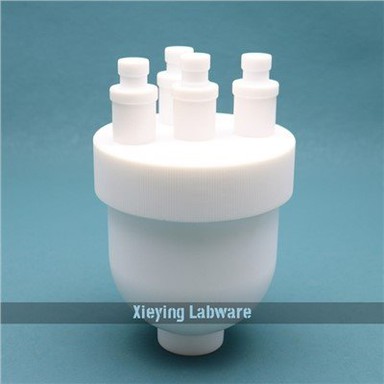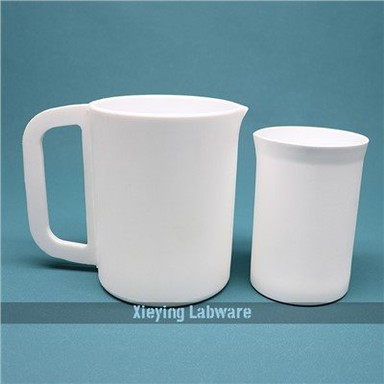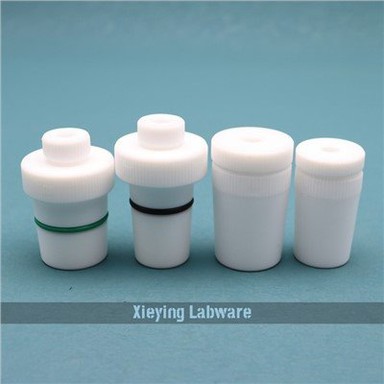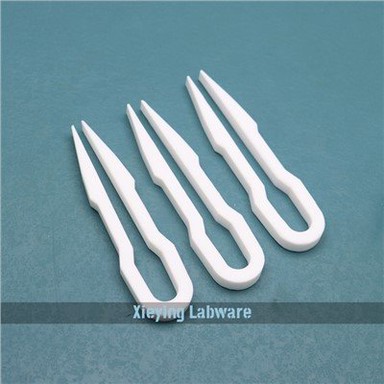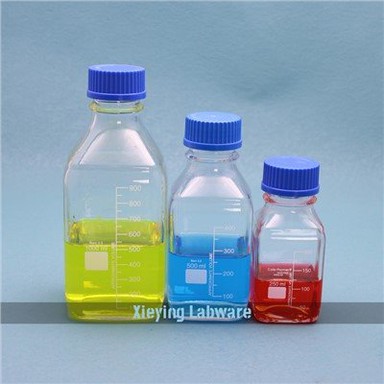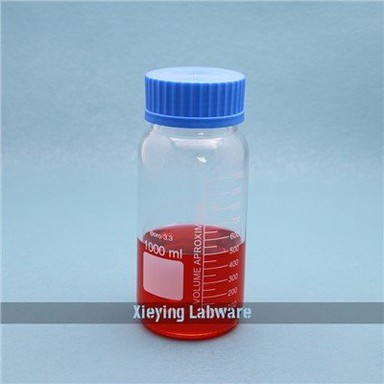A brief introduction to the triangular flask
Mar 21, 2022
The Erlenmeyer flask is a titration reactor with a triangular longitudinal section made of hard glass. The mouth is small and the bottom is large, which is conducive to the sufficient reaction and the liquid is not easy to splash when the titration process oscillates. The vessel can be heated in a water bath or on an electric stove. It has a flat-bottomed conical shape, wide at the bottom and narrow at the top, with a cylindrical neck and an opening wider above the neck, which can be closed with a cork or rubber stopper. There are several scales on the bottle to indicate the capacity it can hold.
Erlenmeyer flasks are generally used in titration experiments. In order to prevent the titrant from splashing out of the bottle when it drops, causing experimental errors, put the bottle on a magnetic stirrer and stir. Hold the neck of the bottle with your hand and shake it with your wrist to stir evenly. Contains reagents, quantitative analysis, reflux heating, and its shape makes it suitable for these tasks. The long neck can also slow down the loss during heating and avoid the overflow of chemicals, and the flat and wide bottom allows the conical flask to hold more solution, which is convenient for glass rod stirring and conical flask flattening. on the table.
Erlenmeyer flasks can also be used for general experiments, gas preparation or as reaction vessels. Its conical structure is relatively stable and not easy to fall.
Erlenmeyer flasks are very common and have interesting shapes, so they are often used as symbols for chemical experiments or chemistry-related, and are scattered in signs and instructions.

